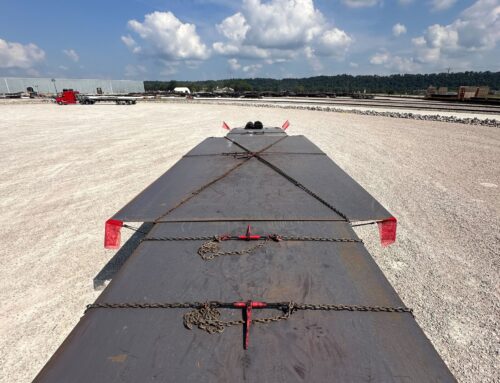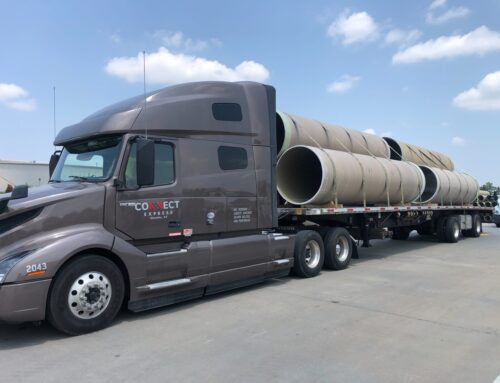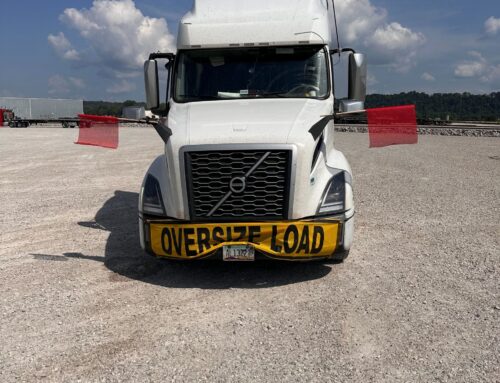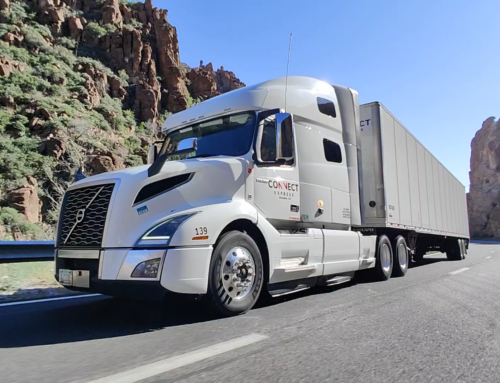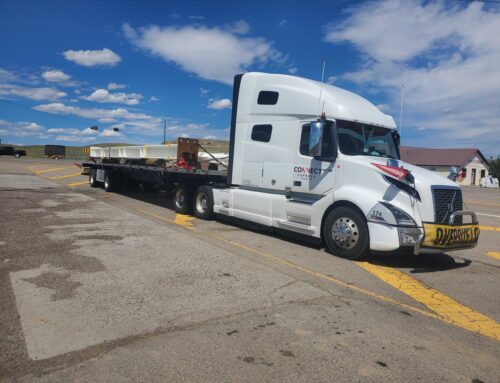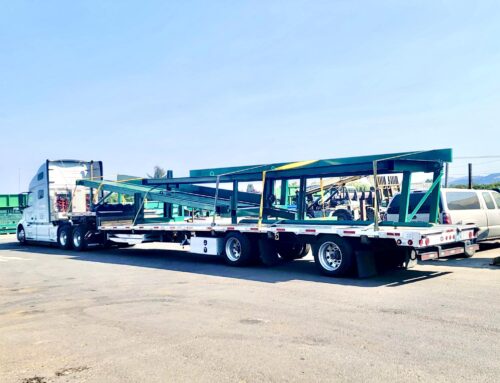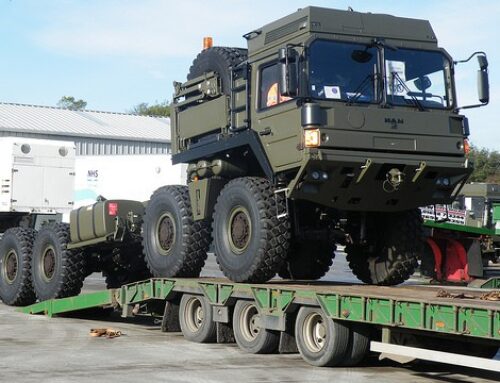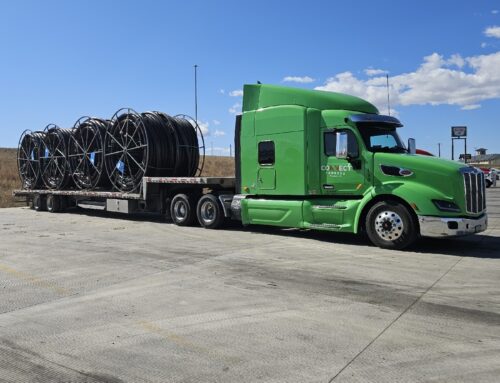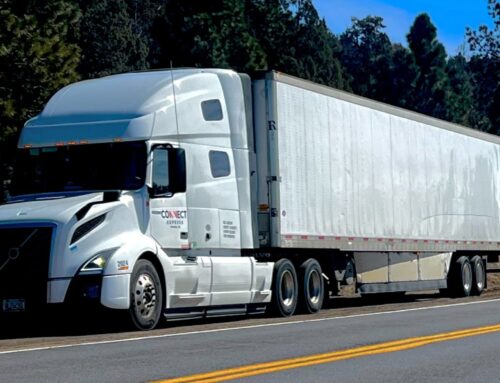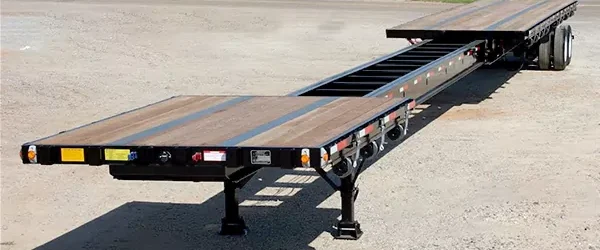
Table Of Contents:
- Understanding the Different Types of Flatbed Semi Trailers
- Key Takeaways
- Understanding the Importance of Flatbed Semi Trailers
- Identifying the Key Types of Flatbed Semi Trailers
- Analyzing the Design Features of Different Flatbed Semi Trailers
- Exploring Specialized Flatbed Semi Trailers for Unique Loads
- Comparing the Benefits of Each Type of Flatbed Semi Trailer
- Evaluating the Costs Associated With Various Flatbed Semi Trailers
- Conclusion
Understanding the Different Types of Flatbed Semi Trailers
When transporting goods, choosing the right flatbed semi trailer is crucial for efficiency and safety. This article will examine the various types of flatbed semi trailers, highlighting their unique design features and the specialized options available for unique loads. Readers will gain insight into the benefits of each type, helping to address challenges like load security and transportation costs. Understanding these differences will ensure businesses make informed decisions that align with their logistical needs, ultimately enhancing their operations. For comprehensive information, visit the connectexpressllc homepage.
Key Takeaways
- Flatbed semi trailers accommodate diverse cargo types, enhancing logistics efficiency and operational productivity
- Lowboy trailers enable the safe transport of oversized loads while navigating tight spaces
- Specialized flatbed trailers support unique cargo needs, improving transport processes for non-standard shipments
- Technology integration streamlines tracking and scheduling, ensuring timely deliveries for flatbed logistics
- Companies must evaluate upfront and maintenance costs to align trailer selections with budgetary needs
Understanding the Importance of Flatbed Semi Trailers
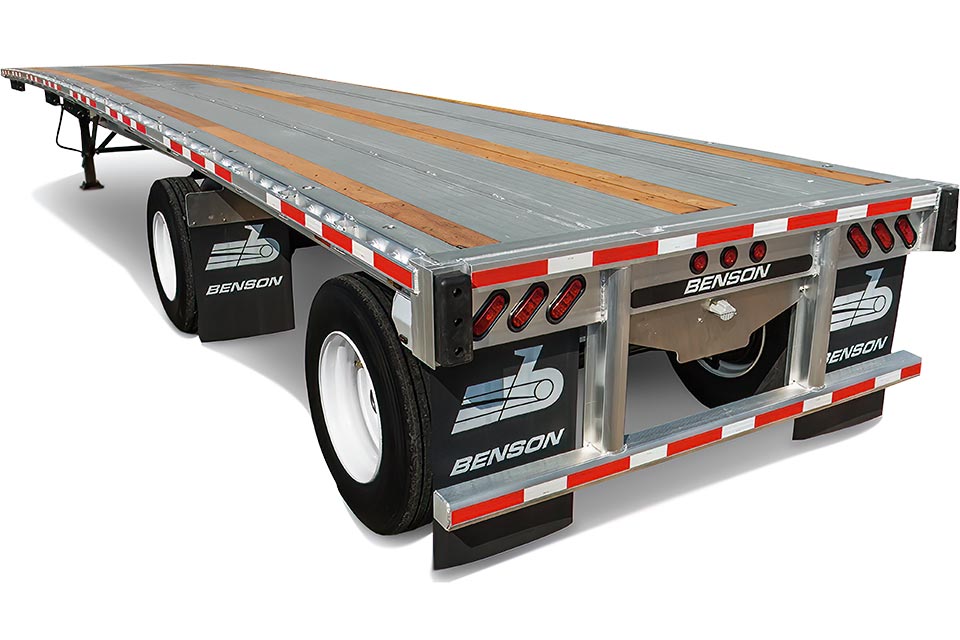
Aluminum flatbed trailer designed for lightweight and fuel-efficient hauling.
Flatbed semi trailers play a crucial role in the transportation industry by offering flexible options for various types of cargo, including large pallets and heavy equipment. Their open design enables the easy loading and unloading of steel and other materials, accommodating the demands of diverse shipping needs. Businesses benefit from dedicated services, comprehensive trucking information, and valuable resources that enhance efficiency and streamline logistics operations.
These trailers are particularly valuable for transporting oversized or irregularly shaped items that may not fit within traditional enclosed trailers. Their versatility ensures that companies can meet specific shipping requirements using the right type of flatbed for each load. By facilitating the movement of heavy equipment and materials, flatbed semi trailers contribute significantly to the overall productivity of supply chains, supported by resources from the trucking association.
In today’s digital age, clients can easily access information about flatbed options through a web browser, such as the connectexpressllc homepage, making it simpler to compare features and select appropriate models. This access empowers businesses to make informed decisions regarding the transportation of their goods. As the demand for efficient logistics solutions grows, understanding the importance of flatbed semi trailers becomes essential for maintaining competitive operations. For additional resources, visit ttnews.com.
Flatbed semi trailers play a crucial role in transport, a truth evident in their design and versatility. For more trucking information, next, let’s look closely at the key types of flatbed semi trailers that meet a variety of hauling needs. Additionally, the trucking association provides valuable resources for industry professionals.
Identifying the Key Types of Flatbed Semi Trailers
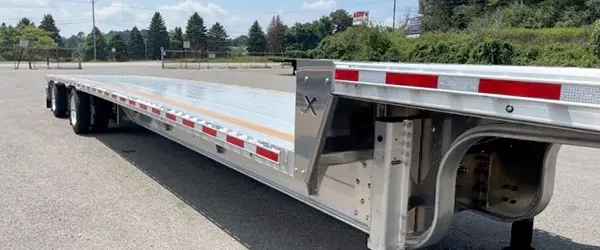
The step deck trailer (also known as a drop deck trailer) has a lower deck to accommodate taller cargo that exceeds standard height limits. It is widely used for machinery, large vehicles, and high-profile freight.
Lowboy trailers are designed for transporting heavy equipment and machinery, as their lower deck height allows for the safe transport of oversized loads. These trailers often come equipped with adjustable wheel setups, enhancing their capability to manage varying weight distributions. Fleet owners appreciate lowboys for their functionality and the ability to navigate through tight spaces and low-clearance areas. For more trucking information and resources, visit the trucking association or the connectexpressllc homepage. Stay updated with the latest industry news on ttnews.com.
Flatbed trailers, on the other hand, offer versatility for loads that require accessibility from all sides. They are an ideal choice for shipping materials like steel, lumber, or large pallets. Businesses utilizing freightos shipping solutions often rely on flatbeds to effectively accommodate diverse cargo types through their open design. For additional trucking information, visit ttnews.com or explore resources on the connectexpressllc homepage.
The emergence of mobile apps has streamlined the process of managing flatbed trailer logistics and

The stretch flatbed trailer is an extended version of a standard flatbed, designed to transport long freight that cannot fit on a regular trailer. It is commonly used for wind turbine blades, pipelines, and long steel beams.
enhancing operational efficiency. fleet owner insights indicate that technology allows for better tracking and scheduling, ensuring timely deliveries. As companies continue to adopt technological advancements, optimizing flatbed transportation has never been easier. For more trucking information and resources, visit our connectexpressllc homepage.
With a firm understanding of the key types, it’s essential to look closely at their design features. Analyzing these elements reveals how each trailer serves its purpose on the road.
Analyzing the Design Features of Different Flatbed Semi Trailers
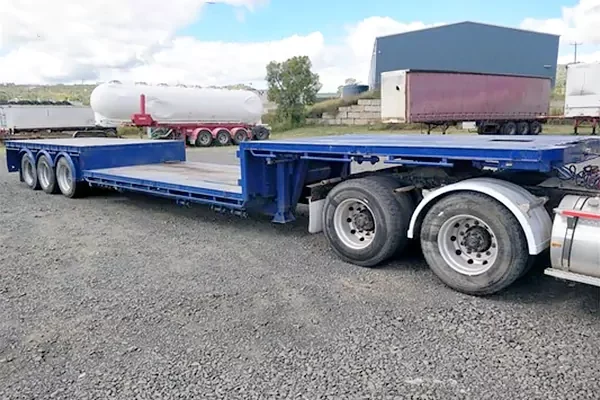
The lowboy trailer has an extremely low deck, making it the perfect choice for transporting heavy construction equipment, such as bulldozers and loaders. Its design allows for easy loading and compliance with height regulations.
Flatbed trailers feature distinct design elements that cater to a variety of shipping needs. Their open structure permits easy access for loading and unloading cargo, which enhances their functionality in flatbed transportation. For heavier loads, a winch can be integrated to ensure secure positioning during transit. For more trucking information, visit ttnews.com or the connectexpressllc homepage.
Lowboy trailers are engineered with a reduced deck height, making them ideal for transporting oversized machinery and equipment. This design facilitates the safe movement of heavy items, allowing businesses to optimize their inbound logistics while navigating challenges like low-clearance areas. For more trucking information, visit ttnews.com or the connectexpressllc homepage.
The adaptability of flatbed trailers is further supported by various optional features, including side rails and tarps, which provide added security for diverse cargo types. With advancements in technology, fleet owners now incorporate tools for tracking and scheduling to enhance operational efficiency, resulting in effective management of flatbed transportation. For more trucking information and resources, visit ttnews.com.
Different flatbed semi trailers have their strengths and weaknesses. Now, it’s time to look at specialized designs that tackle unique loads head-on.
Exploring Specialized Flatbed Semi Trailers for Unique Loads
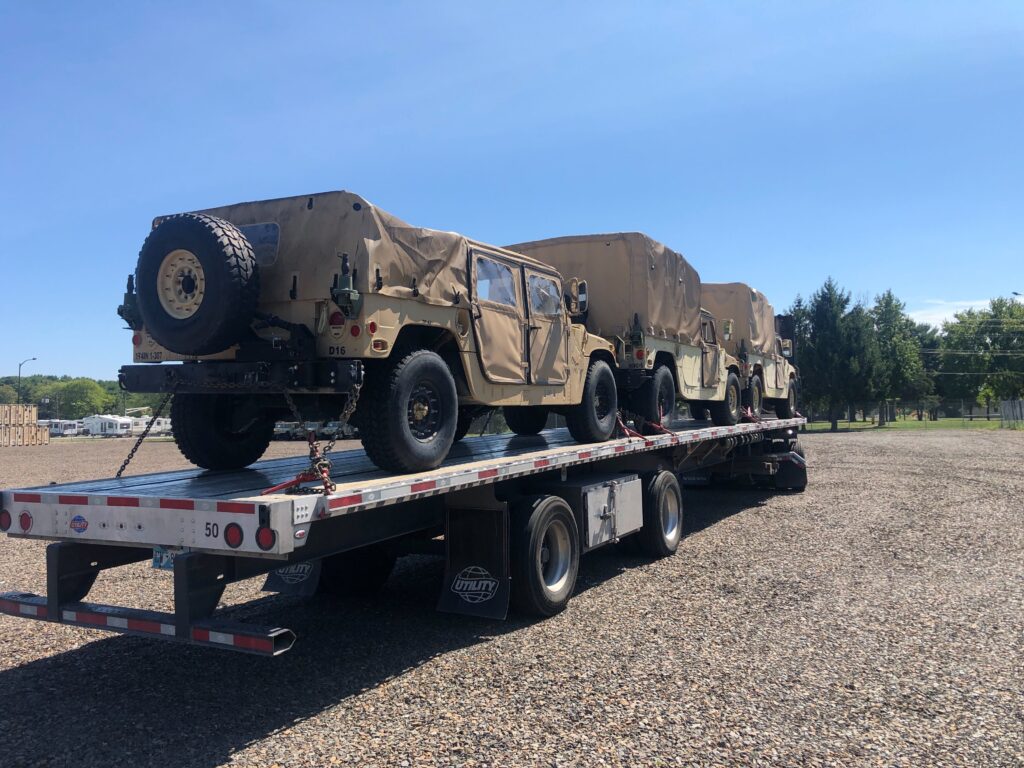
Specialized flatbed semi trailers are designed to accommodate unique cargo needs, ensuring safe and efficient transport. For instance, beam trailers can handle unusual shapes and sizes, providing the structural support necessary for various loads. This versatility caters to industries that rely on the transport of non-standard cargo, maximizing operational effectiveness. For additional trucking information and resources, visit the connectexpressllc homepage or ttnews.com.
In the realm of refrigerated transportation, specialized flatbeds often incorporate insulated features to maintain temperature-sensitive cargo. These trailers allow businesses to transport perishable goods while adhering to safety standards set by the trucking association, ultimately improving logistics efficiency. The integration of technology, such as Javascript-based tracking systems from ttnews.com, supports monitoring and managing these specialized loads in real-time. For additional resources, visit the connectexpressllc homepage.
For oversized or heavy loads, heavy-duty flatbed trailers emerge as the ideal solution. Their robust construction enhances load stability and safety during transit, accommodating projects like construction and industrial movements. By utilizing these specialized trailers, businesses streamline their logistics operations, effectively addressing the challenges associated with diverse shipment types. For more trucking information and resources, visit our connectexpressllc homepage or check ttnews.com.
Each type of flatbed semi trailer serves a purpose, crafted for specific loads. Understanding their benefits can guide better decisions for transporting unique cargo efficiently.
Comparing the Benefits of Each Type of Flatbed Semi Trailer
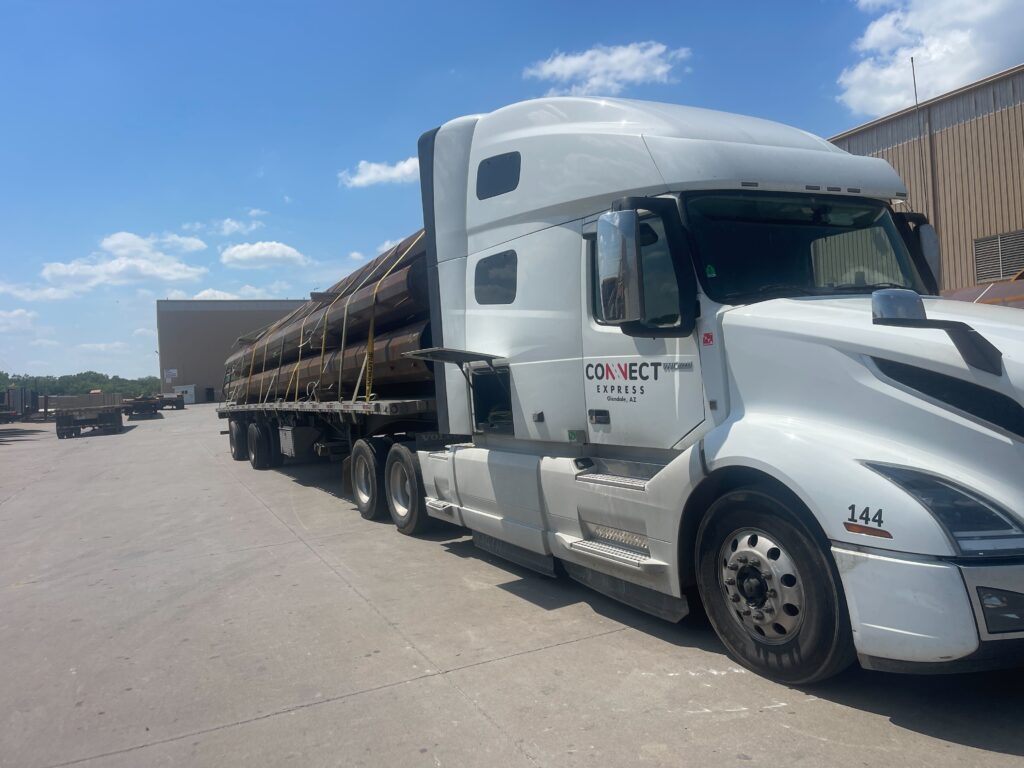
Flatbed trailers are highly beneficial for businesses needing to transport materials that require accessibility from all sides. Their open design allows for easy loading and unloading, making them ideal for moving bulkhead freight, such as steel or lumber, with minimal hassle. This flexibility significantly enhances operational efficiency, leading to timely deliveries. For more trucking information and resources, visit ttnews.com or the connectexpressllc homepage.
Lowboy trailers offer distinct advantages for transporting heavy equipment due to their reduced deck height. This feature permits the safe transport of oversized loads while maintaining compliance with weight regulations. Fleet owners appreciate lowboys for their ability to navigate tight spaces and low-clearance areas, ensuring reliable transportation without compromising safety. For more trucking information and career opportunities, visit ttnews.com or the connectexpressllc homepage.
Specialized flatbed trailers, designed for unique cargo needs, deliver significant benefits as well. These trailers enhance logistics operations by accommodating various weights and shapes, such as non-standard cargo. With integrated technology, tracking information for these trailers remains accessible, ensuring that businesses can effectively manage their freight transportation process from start to finish.
The advantages of each flatbed semi trailer stand clear and strong. Yet, beneath those benefits lies the need to understand their costs, which can shape crucial decisions for any business.
Evaluating the Costs Associated With Various Flatbed Semi Trailers
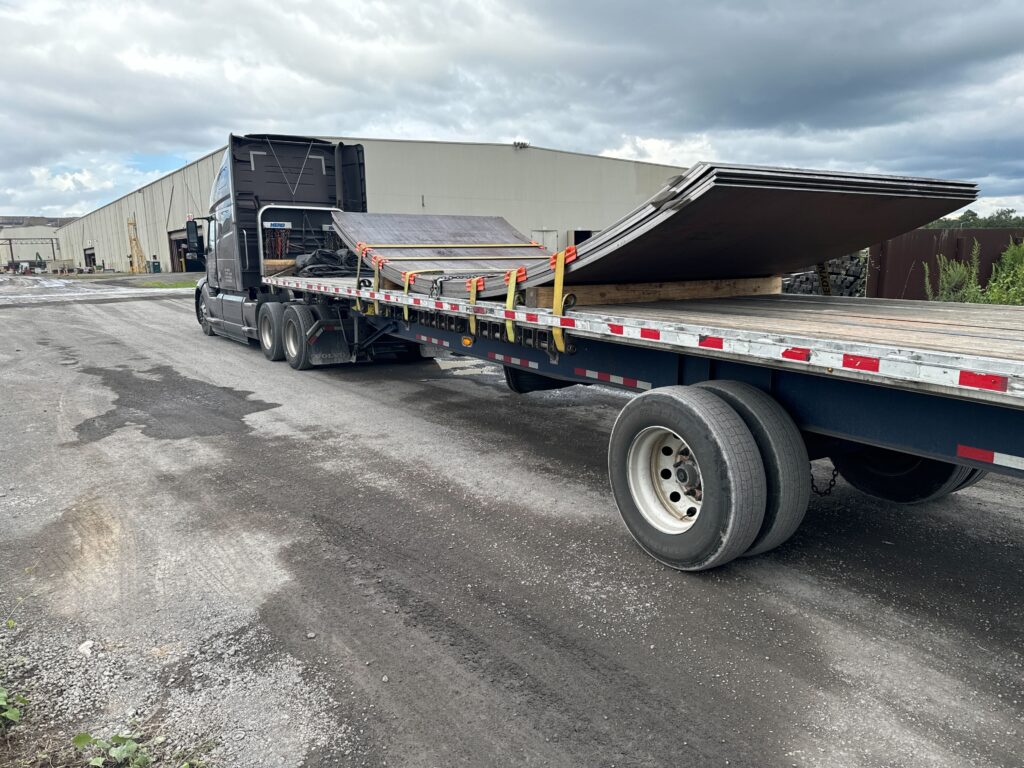
The costs associated with flatbed semi trailers vary based on their design, functionality, and application. Flatbed trailers generally tend to be more affordable compared to specialized models like lowboys or beam trailers. Companies must consider these costs carefully to align their choices with their operational needs and budget while staying updated with supply chain news from sources like freightwaves and the truckers report.
Maintenance costs also play a significant role in the overall expenses of operating flatbed semi trailers. Regular inspections and repairs can vary depending on the type of trailer and frequency of use. A proper understanding of these costs is essential for ensuring effective financial forecasting within organizations and remaining competitive in the trucking industry, as highlighted by reports from the truckload association.
When deciding on a specific type of flatbed trailer, companies should evaluate both upfront and ongoing costs. This assessment helps in selecting the right model that best suits their shipping requirements while remaining economically viable. Consistent information from industry platforms can assist fleet owners in making informed decisions regarding the best trailer options available for their logistics operations:
Conclusion
Understanding the different types of flatbed semi trailers is crucial for businesses aiming to optimize their logistics operations. Each type, from standard flatbeds to specialized models, offers unique benefits tailored to specific cargo needs, enhancing efficiency and safety. By employing the right trailer for each shipment, companies can improve their operational effectiveness and meet diverse transportation challenges. This knowledge empowers fleet owners to make informed decisions that ultimately contribute to a more productive supply chain.

